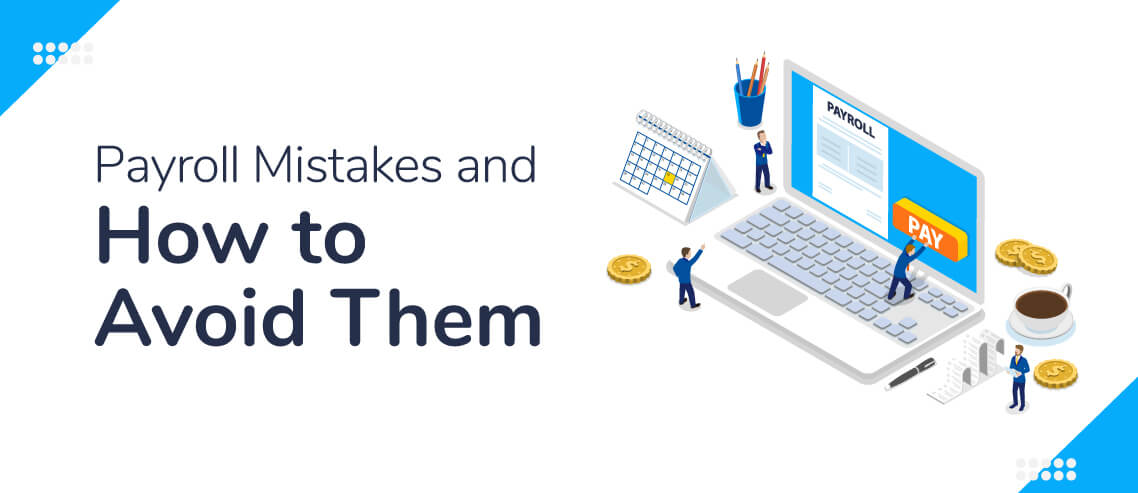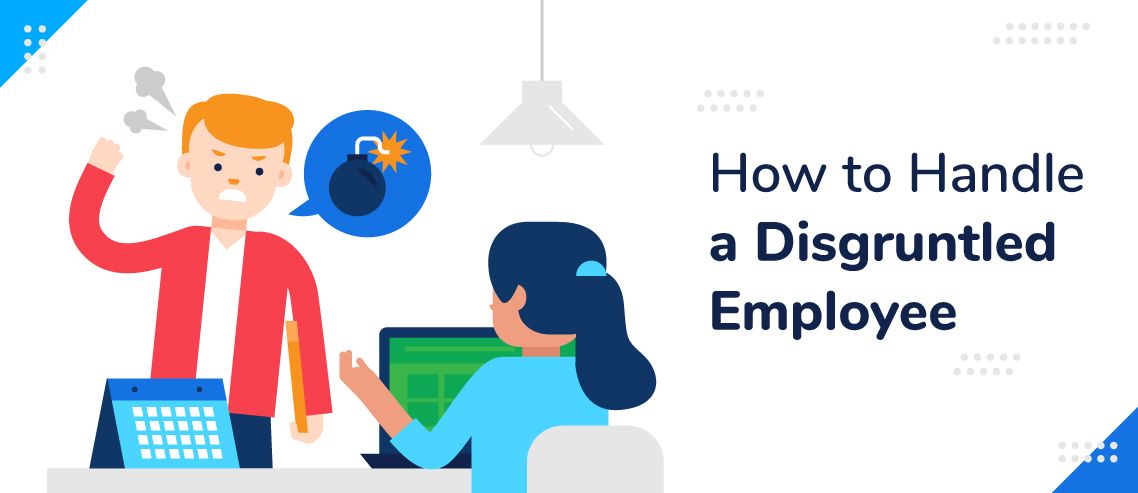5 Payroll Mistakes and How to Avoid Them

Payroll management is a big responsibility. It’s not easy to make sure your staff is paid correctly and at the right time, and within the boundaries of the relevant laws. It can feel like a minefield at times, especially if you don’t fully understand the rules and regulations.
That being said, recent reports have shown that a staggering amount of American employees have experienced payroll errors. In 2019 alone, the IRS uncovered over 5 million payroll tax errors, resulting in $13.7 billion in penalties. And, with 65% of workers living from paycheck to paycheck, this can cause significant issues. For businesses, hefty fines and reputation damage can be problematic because of these payroll mistakes.
So, because payroll errors are so costly to both you and your employees, we’ve compiled a list of 5 payroll mistakes and how to avoid them.
5 common payroll mistakes and ways to eliminate them
1. Miscalculating pay/overtime
How this happens
When you’re running shift-based employee schedules it can be tricky to keep on top of varying standard pay rates, overtime, and who has covered which shifts.
You may want to prioritize keeping your non-exempt employees to less than 40 hours per week which, in itself, can be tricky. Non-exempt workers, after all, are entitled to a rate of pay that’s at least time and one-half of their standard pay rate.
On top of this, each state may have its own pay and overtime rules, adding further complexities to your payroll.
But in the midst of this juggle, it’s easy to inadvertently miscalculate pay and overtime, especially if you’re working with a manual scheduling system.
The impact
By miscalculating standard pay or overtime compensation, your employees are within their rights to file a complaint with the Department of Labor, which may see you face a penalty of $1,000 plus any other state-specific penalties.
How to mitigate it
The only way to avoid pay miscalculations is to use a robust employee scheduling system that keeps an accurate representation of each employee’s rates, hours and overtime worked. Ideally, a tool that manages this digitally, like ZoomShift, will reduce human error and also integrate with your payroll to ensure that all the right information is automatically pulled through, preventing payroll mistakes.
2. Misclassifying employees
How this happens
When you’re hiring, each of your employees will be classified differently, depending on their job description and your team structure. Short-term freelancers may be classified as independent contractors while an hourly employee working just a handful of shifts each week, might be classified as non-exempt.
If employees are misclassified, this is either because they haven’t been properly classified, or there has been a human error on the payroll.
The impact
How an employee is classified will have an impact on how they are taxed. Not only does this cause big and expensive issues when the problem comes to light, but it can incur fines for you, the business.
How to mitigate it
To avoid employee classification problems, it’s vital to not only understand the classification system but to keep accurate and up-to-date staff records. While many businesses prefer to use a manual system, software like ZoomShift will help you keep your staff profiles up-to-date and correct. In fact, because the employees themselves can view their details, they will be able to flag any inconsistencies and easily identifiable payroll mistakes.
3. Not keeping records in order
How this happens
Keeping payroll records is one of those necessary evils every business has to face. That said, they take time, especially if you’re using clunky legacy or manual systems.
Many businesses are too busy to take stock of their payroll system and identify that they’re in disarray. Or, they simply don’t have the human resources to manage it.
The trouble is, the messier your records are, the more likely they are to cause you to slip up, and either overpay your staff or underpay them and incur penalties (not to mention the reputational harm you could experience).
But more than this, payroll mistakes may lead to having to answer to the IRS when you’re audited and, if your records aren’t up to scratch, might see you receiving fines.
The impact
The impact of disorganized employee records might be an increased occurrence of miscalculating pay or tax. Or it might be more serious. Continuing to make payroll mistakes will almost certainly lose your staff’s trust, but will also increase your chances of hefty fines.
How to mitigate it
The answer to slick employee payroll records is simply finding a system that suits you. With online tools like ZoomShift, you get a user-friendly interface that lets you input all your employee data at the outset – allowing your employees to view their details.
ZoomShift will digitize the process, integrating your staff schedules with payroll, so that all the employee data (salary, wages, hours worked, overtime, etc) carry through to the payroll at the end of the week or month.
4. Paying employees out of the wrong state
How this happens
If your business operates out of various locations, or if you have employees that work in other states, it’s vital that you stay on top of state employment laws. Each state has different rules, but it’s down to you, the employer, to know what these are. It’s not enough just to be on top of your own state employment laws.
The impact
If you don’t abide by your employees’ state laws, you risk fines. These will differ from state to state but are definitely not something your business needs. So, for example, you might accidentally underpay one of your team if their state has a different minimum wage to yours. Not only may you find that you are held responsible for paying back all pay you owe them, but you may also incur penalties for breaching state laws.
How to mitigate it
The simple answer to this is to keep your employee records in good order, ensuring that they’re organized based on their state. Using a tool like ZoomShift will allow you to categorize your employees to ensure you’re paying them the correct standard wage and overtime pay.
5. Using the wrong tax rates
How this happens
Tax rates are complicated and can change each year. There’s federal income tax, social security tax, medicare tax, federal unemployment tax, state income tax, state unemployment tax, and local income tax. That’s a lot of tax options to monitor!
That said, it’s your responsibility as a business owner to keep abreast of those changes, and how they affect your payroll.
The impact
If a tax rate changes and you haven’t altered your payroll, you’ll find that not only will errors be made on your staff paychecks, but you could end up owing taxes, along with late fees, penalties, and even interest on what you owe.
How to mitigate it
There’s no other way of avoiding tax mistakes than ensuring you keep up-to-date with any changing tax rates and making sure you quickly alter them in your payroll system.
How ZoomShift helps reduce payroll mistakes
As we’ve explored, ZoomShift is the one-stop-shop for employers looking for a system that manages employee scheduling, time-tracking, and payroll, all in one place.
Because it’s accessed by both employees and employers, errors in staff records can be flagged by those concerned. Human error is also reduced thanks to the user-friendly schedule management interface, where employees can take more of a role in their shifts and overtime.
But most importantly is that ZoomShift integrates timesheets and staff schedules with payroll, ensuring that all the data loaded into the system is reflected in paychecks. Not only does this reduce the risk of payroll mistakes, but it instills confidence in your team as a whole.
JD enjoys teaching people how to use ZoomShift to save time spent on scheduling. He’s curious, likes learning new things everyday and playing the guitar (although it’s a work in progress).



